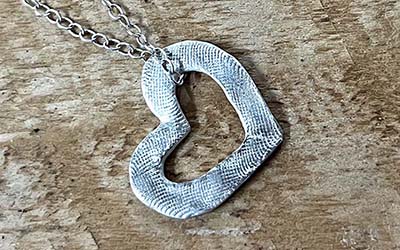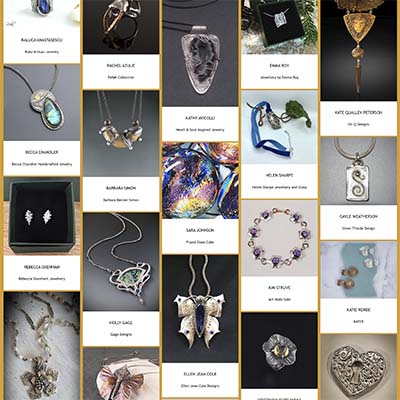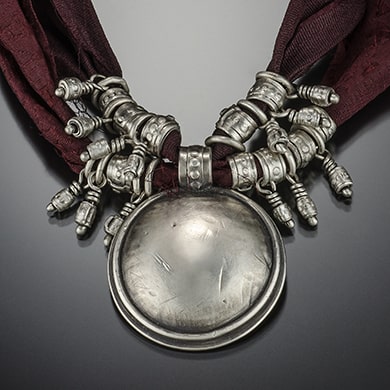About Metal Clay
If you’ve never heard of metal clay before today, that’s not a surprise. It is a relatively new jewelry making material that was invented in Japan by Mitsubishi Materials in 1990 and was imported to the United States in 1995.
Easy to use, yet infinitely challenging to master, metal clay offers endless design possibilities and many exciting techniques to fuel your creative fire.
Metal clay is adaptable and can be combined with metalsmithing, stone-setting, enameling, ceramics, casting and a broad range of other media. That’s why so many artists are crossing over and incorporating metal clay into their multi-media work.
But you don’t have to be an experienced artist to use metal clay. The tools are simple and easy to use. And most users find they can create something beautiful from their first experience with metal clay.
What is metal clay?
Microscopically fine powdered metal is combined with a non-toxic binder and a bit of moisture to create metal clay. The material is malleable, so it can be rolled, textured, coiled, carved and sculpted using innovative techniques that aren’t possible with traditional metalsmithing.
Once transformed into a work of art, the metal clay creation is dried and refined, then fired to just below the melting point of the metal used. The binder and water burn away, the metal particles fuse together, and the result is a strong, solid piece of metal.
Today there are many different types of metal clay available to artists, including gold, fine silver, sterling silver, bronze, copper, steel, iron, and more. Some metal clay formulas can be fired with a butane torch. Others require a kiln.
Visit the AMCAW Learning Center to discover educational resources to advance your metal clay journey. Check out the Find Classes section to discover learning opportunities online or in your community. And browse the Find Instructors page to locate a teacher to take your skills to the next level.













